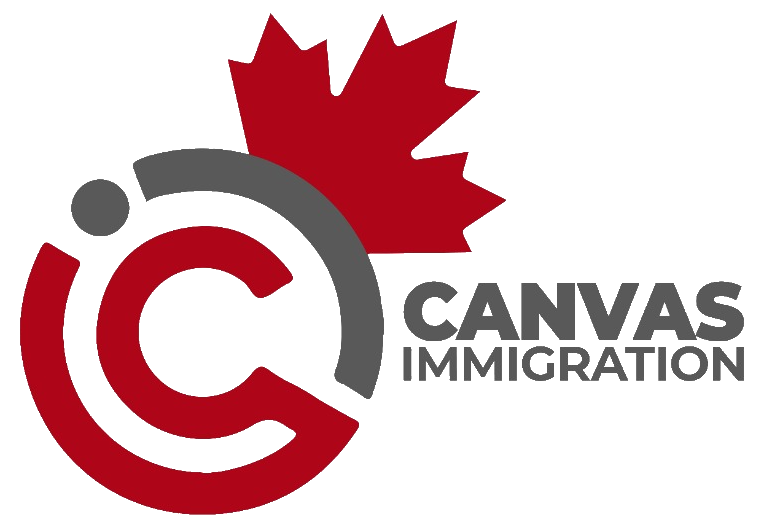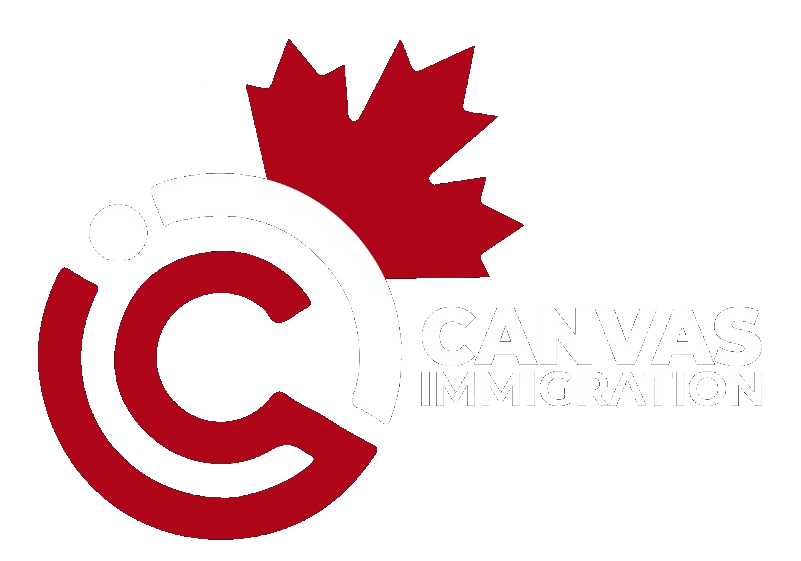The provincial government of Newfoundland and Labrador has negotiated an increase of 1,000 to its 2025 Provincial Nominee Program (PNP) allocation.
Newfoundland and Labrador’s allocation under the Atlantic Immigration Program (AIP) will also be maintained at 475 spaces, bringing the total number of nominations for Newfoundland and Labrador to 2,525.
Prior to its negotiations with the federal government, Newfoundland and Labrador saw its annual allocation of PNP nominations slashed to just 1,050—a 50% reduction from 2024, in line with Immigration, Refugees and Citizenship Canada’s (IRCC’s) broader policy of halving the PNP landings target in 2025.
Discover if You Are Eligible for Canadian Immigration
Temporary pause in application intake
Now, with a newly increased allocation of 2,050, the Newfoundland and Labrador Provincial Nominee Program (NLPNP) has also decided to temporarily pause the intake of new applications for nomination and job vacancy assessments until “mid-February”.
In addition, the 25-day service standard for the NLPNP will also be suspended during this period, but files for healthcare workers and other in-demand occupations will continue to be processed on a case-by-case basis.
The NLPNP hopes to use this temporary suspension to develop new tools that may streamline immigration processing, and better match skilled immigrants to businesses in Newfoundland and Labrador.
How was the NLPNP able to increase their allocations in 2025?
The NLPNP negotiated a deal with the Canadian federal government. Under the new agreement, Newfoundland and Labrador committed to increase its intake of humanitarian immigrants in exchange for an increased allocation of nominations.
As part of this new agreement, Newfoundland and Labrador has agreed to welcome 290 humanitarian migrants over the next two years.
The federal government has agreed to pay for the relocation of these migrants, including upfront housing and wrap-around supports.
Humanitarian migrants are foreign nationals who move or immigrate to Canada on humanitarian or compassionate grounds. Humanitarian immigration is intended for individuals who face persecution, violence, and/or hardship in their home country, and must therefore seek haven in Canada. This includes newcomers facilitated through Canada’s humanitarian response to situations in Ukraine, Sudan, and Hong Kong.
Will other provinces see their allocations increased?
While it is not possible to say at this time whether other provinces will see their allocations raised, IRCC has not been shy about the condition that these increases may only be facilitated if other provinces agree to accept more humanitarian immigrants.
Through his personal account on social media, Immigration Minister Marc Miller wrote “Provinces and Territories that are willing to work in a responsible manner…. including playing a role in taking on asylum seekers will have an opportunity to regain coveted Provincial Nominee spots.”
With this in mind, restoration of individual annual PNP allocations seems contingent on each province or territory’s ability to work with IRCC to welcome new humanitarian immigrants.
The example of Newfoundland and Labrador does lend credence to the idea that a restoration of allocations is enough for a province or territory to agree to accept more humanitarian immigrants. Through successful negotiations, the province saw its PNP allocations cut from 2,100 in 2024, to 2,050 in 2025—a reduction of just 2.3%, instead of the initial 50% reduction the NLPNP had been handed at the start of the year.
Reduced allocations to other PNPs
Newfoundland and Labrador was not the only province to see its nomination allocations for 2025 slashed, as is reflected within IRCC’s 2025-2027 Immigration Levels Plan.
The Yukon Nominee Program (YNP) saw its nominations similarly halved from 2024—from 430 nominations, to 215 in 2025. As a result, the YNP have delayed the reopening of its first nomination intake this year, to better align this reduced intake allocation with their labour market priorities.
The New Brunswick Provincial Nominee Program (NBPNP) released a similar statement after seeing its provincial allocations cut from 5,500 nominations in 2024, to just 2,750 nominations in 2025.
Provincial immigration ministers from Ontario, Manitoba, Alberta, and Saskatchewan have made public statements claiming that the reductions to their nominations will negatively impact their regional economies and undermine their autonomy and decision-making.
The following table compares the announced 2025 provincial nominations allocations to 2024 levels:
| Province / Territory | 2025 allocation | 2024 allocation |
|---|---|---|
| Alberta | 4,875 | 9,750 |
| British Columbia | 4,000 | 8,000 |
| Manitoba | 4,750 | 9,540 |
| New Brunswick | 2,750 | 5,500 |
| Northwest Territories | 150 | 300 |
| Saskatchewan | 3,625 | 8,000 |
| Yukon | 215 | 430 |
Reduction of PNP landings targets for 2025
In October of 2024, IRCC announced a 50% reduction of PNP landings targets in the 2025-2027 Immigration Levels Plan.
A major theme of this announcement was the federal government’s intention to reduce overall immigration to better handle domestic affordability and housing challenges. Immigration Minister Marc Miller and Prime Minister Justin Trudeau called for the provinces to come forward and work with IRCC on more “responsible” regulations of permanent and temporary residents in Canada.
At the announcement of the 2025 Levels Plan, Miller stated that he was aware of the “pressures” that a reduction of this size could put on “provinces and civil society” but held steadfast on his decision to reduce provincial and territorial nominee landings targets.
In the previous Immigration Levels plan of 2024, IRCC had set a landings target of 110,000 for the PNP for 2024, and a provisional target of 120,000 PNP landings in 2025. In the 2025 Levels Plan, this allocation has been cut to 55,000, a level which is planned to be maintained in 2026.
Discover if You Are Eligible for Canadian Immigration

